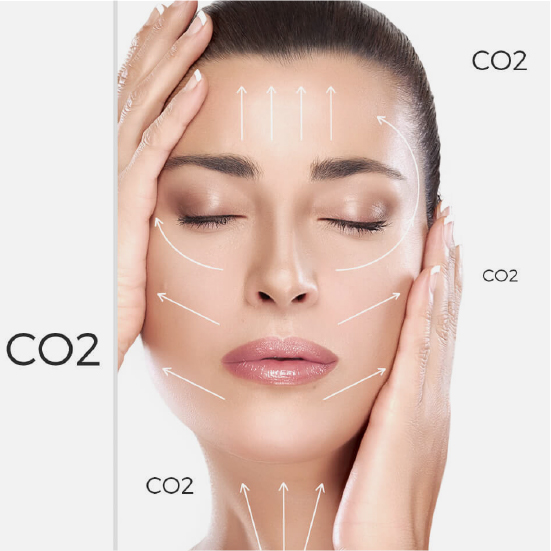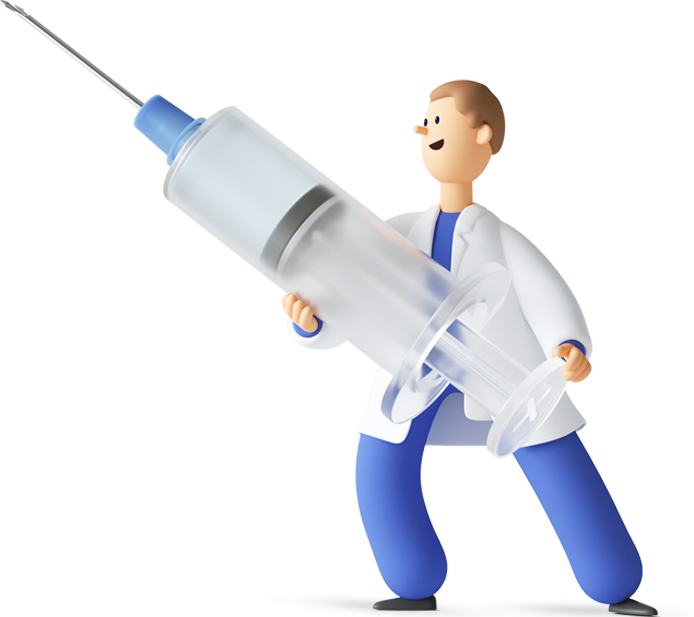

Carboxytherapy
Carboxytherapy is a non-surgical treatment used to treat and improve the appearance of cellulite, stretch marks and dark under-eye circles. This treatment is less invasive than other treatments used for cellulite reduction. Carboxytherapy uses infusions of carbon dioxide that are injected beneath the skin. Carboxytherapy is said to improve skin elasticity, circulation and reduce the appearance of lines and wrinkles.
What to Expect During a Session?
Typically, there’s no special preparation required before a carboxytherapy session. During treatment, your healthcare provider will insert a tiny needle underneath your skin and inject a small amount of gas that comes out of a machine called a flow regulator.
Treatment time ranges depending on the area being treated. Sessions typically range from 10 to 60 minutes and are performed once or twice weekly.
Results:
Skin tightening
Softening of stretchmarks
Undereye brightening
Dark circles reduction
Fat pocket reduction
Cellulite reduction
Pricing
from £35 to £80
Duration
10-60 minutes
When I will see the results?
You will notice the effects after the first week and these will continue to accumulate until you have finished the block of scheduled sessions, with around a fortnight’s break between each one.
Results from carboxytherapy treatments aren’t immediate and they won’t last forever. Depending on the area of the body being treated, it can take between six to eight treatment sessions for you to notice a difference in the shape of your body. For conditions like alopecia or wound healing, it can take 15 to 30 sessions to show positive changes.
Carboxytherapy treatments must be repeated every three to six months to maintain your results.

FAQ
What aesthetics services you offer at Body Boost Clinic?
We offer a wide range of beauty services that include:
-
✨ Anti-aging skin treatments
✨ Elimination of wrinkles and expression lines
✨ Face contouring procedures
✨ Needle mesotherapy
✨ Urinary incontinence treatment and much more!
What does the Carboxytherapy do?
Carboxytherapy is a treatment that involves injecting a small amount of carbon dioxide gas underneath the skin. It can be used to treat stretch marks, dark circles under the eyes, cellulite, and excess fat in specific areas of the body. Carboxytherapy is a relatively safe procedure with minimal side effects.
Treatments are typically scheduled every other day, although sometimes two or even one session per week will be enough. Your scheduled treatments will depend on the extent of your cellulite. Each session lasts 10–60 minutes depending on the size and number of areas treated.
Is Carboxytherapy painful?
When carboxytherapy is used to treat stretch marks and scars, it’s relatively painless. This is because scar tissue doesn’t have nerves. You may feel an itching sensation as the stretch marks are distended during the procedure. The itchiness should resolve in about 5 minutes.
People who use carboxytherapy for treating cellulite and fatty deposits may feel pressure during the injection, similar to the sensation felt during a blood pressure test. This is caused by the expanding gas.
Treated areas will feel warm and tingly after the treatment for up to 24 hours as the carbon dioxide gas does its job and circulation improves. But you should be able to perform your normal routine after the procedure is over.
What injuries can Platelet-Rich Plasma injections treat?
PRPs injections are used primarily for soft tissue injuries, such as minor rotator cuff and Achilles tendon tears. Its use in other soft-tissue injuries is becoming more common. It has been demonstrated to improve function and reduce pain in people who have tendonitis or chronic tendinosis conditions such as tennis elbow or golfer’s elbow.
It can also be used to treat injuries to ligaments and muscles. For example, improved muscle regeneration has been shown in gastrocnemius (calf) muscle injuries.
Recent data suggests that PRP treatment is superior to than hyaluronic acid injections (also known as viscosupplementation or “gel shots”) for knee osteoarthritis, especially in regard to the duration of its positive effect. However, emerging data demonstrates that PRP combined with hyaluronic acid is more effective than either treatment alone.
Do PRP injections have side effects or risks?
Side effects of PRP injections are very limited because the injections are created from your own blood, and your body should not reject them or react in any negative way. As with any injection, there is a remote risk of infection. Otherwise, there are no significant risks apart from the variability and unpredictability of how effective the treatment will be for a particular patient.
The PRP injection procedure involves collecting blood, processing it to obtain the concentrated PRP, and then injecting or applying it to the targeted area. The process is generally well-tolerated with minimal downtime.









